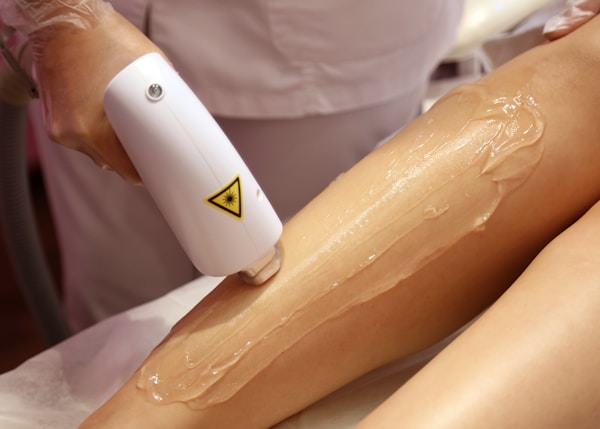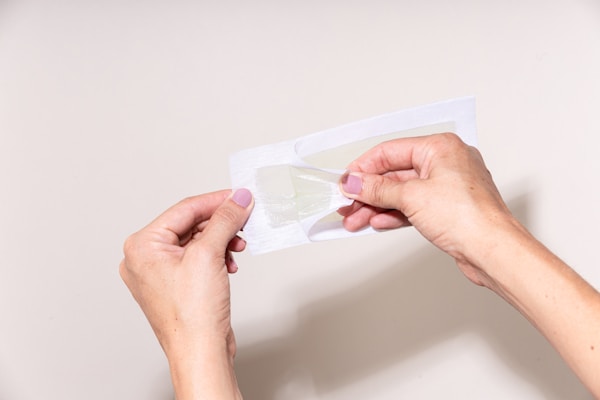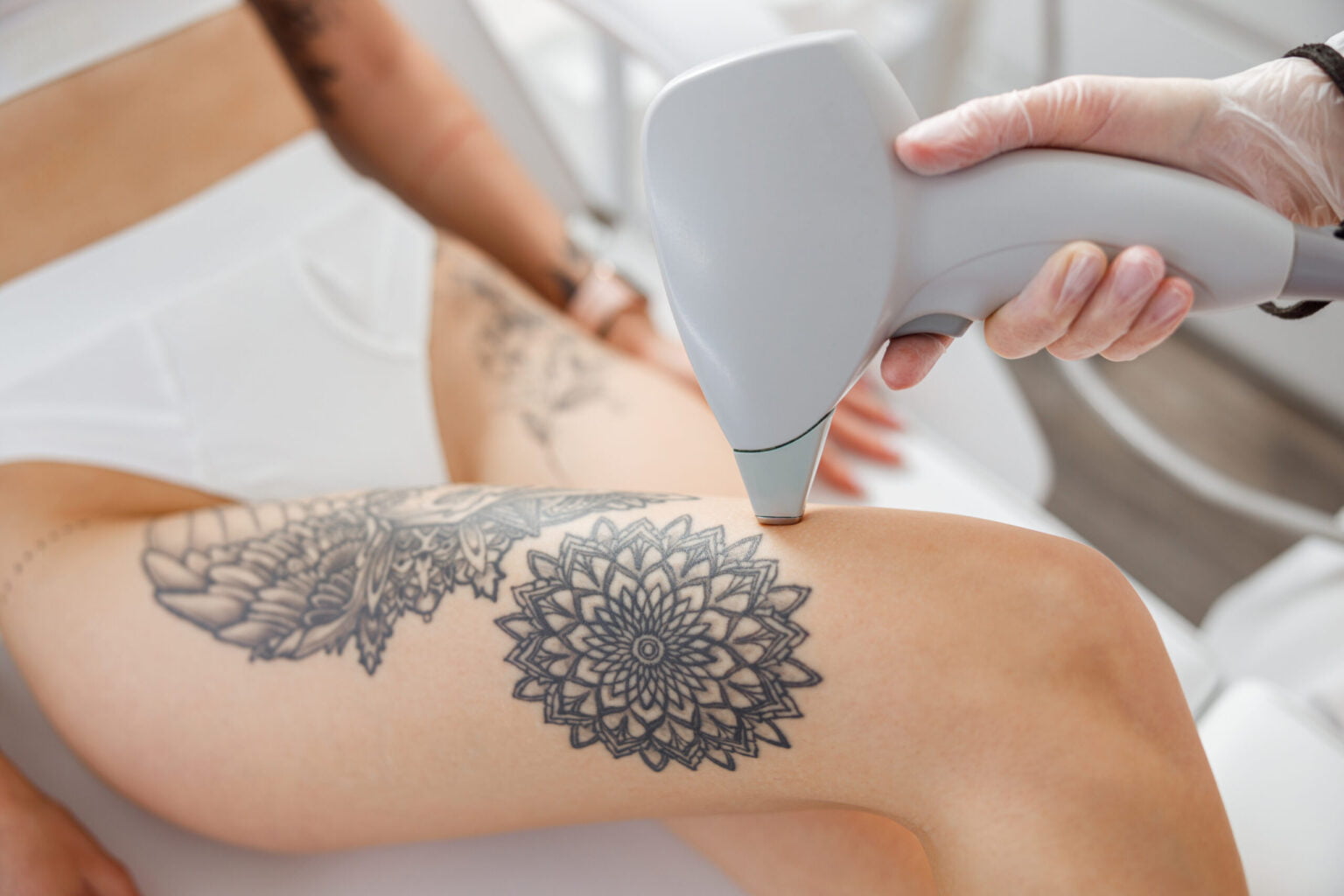Hair removal has been practiced since ancient times, and the methods used have consistently evolved. In ancient Egypt, tweezers made of seashells were used to pluck out unwanted hair, while hot beeswax was used as an early form of waxing. Historically, various societies have developed techniques based on available materials, cultural preferences, and advancements.
Today, we have a plethora of hair removal options at our disposal that are much more effective and comfortable than those in earlier parts of history. As technology continues to advance, it has introduced us to more sophisticated techniques, some of which are popular to this day due to their long-lasting results.
Many of us want smoother, hair-free skin, but with the wide variety of hair removal methods available, it can be challenging to choose the best one for our individual needs. In this article, we will discuss the most common hair removal options, their benefits, and their drawbacks to help you make an informed decision. Keep reading to find the technique that best suits your needs and lifestyle.
Laser Hair Removal

Laser hair removal is a popular and non-invasive method that uses focused light energy to target hair follicles, damaging the hair root and preventing future growth. Laser hair removal is considered semi-permanent, and many people see significant hair reduction after several treatments.
Laser hair removal is a highly effective method for most individuals, with treatment sessions usually lasting up to an hour, depending on the area being treated. It is essential to find a reputable clinic with trained professionals, such as Bellissima Laser Hair Removal, to ensure your safety and the effectiveness of treatment.
As with any hair removal method, some individuals may experience minor side effects or skin irritation. However, these are generally mild and short-lived when compared to other methods.
Shaving

Shaving is the most common and least expensive hair removal method. It involves the use of razor blades to cut off the hair at the skin level, providing an instantly smooth surface. However, the results are short-lived, with hair typically growing back within a few days.
Shaving is easy, quick, and can be done at home, but it comes with a few drawbacks. Repeated shaving can lead to skin irritation, razor bumps, ingrown hairs, and accidental cuts. The quality of the razor and proper technique can make a significant difference in the quality of the results and the possibility of side effects. Maintaining good hygiene and changing razors frequently is essential to prevent infections and irritation and ensure a smoother shave.
Waxing

Waxing involves applying a layer of hot or cold wax to the skin and then using waxing strips to pull hair out from the root. This method provides longer-lasting results compared to shaving, with smooth skin typically lasting between two and six weeks.
Although waxing can be done at home, it is generally more effective and less painful when performed by a professional. Some potential risks of waxing include skin irritation, redness, and ingrown hair. People with sensitive skin should be cautious when considering this method, as the wax can cause some degree of discomfort.
To achieve the best results, it is important to exfoliate your skin beforehand, allowing for a clean, smooth surface for the wax to adhere to and improving overall results.
Electrolysis
Electrolysis is a more invasive method of hair removal that involves the insertion of a thin probe into individual hair follicles. An electric current is then released to destroy the hair root, permanently eliminating the hair. Depending on the area being treated, electrolysis can be a lengthy process that requires multiple sessions.
As a permanent hair removal solution, electrolysis may be ideal for those looking for a long-term solution. However, it can be quite expensive and can cause some level of discomfort or pain during the process. The procedure should be performed by a skilled professional who can ensure your safety and the effectiveness of treatment.
It is also crucial to follow any aftercare instructions provided by the technician, as skin may be more sensitive and prone to irritation following treatment.
The choice of hair removal method depends on your individual preferences, budget, and the desired duration of results. Overall, it’s essential to choose a method that suits your lifestyle and remember that regardless of the technique you choose, always opt for licensed professionals for the best possible results and safety.





